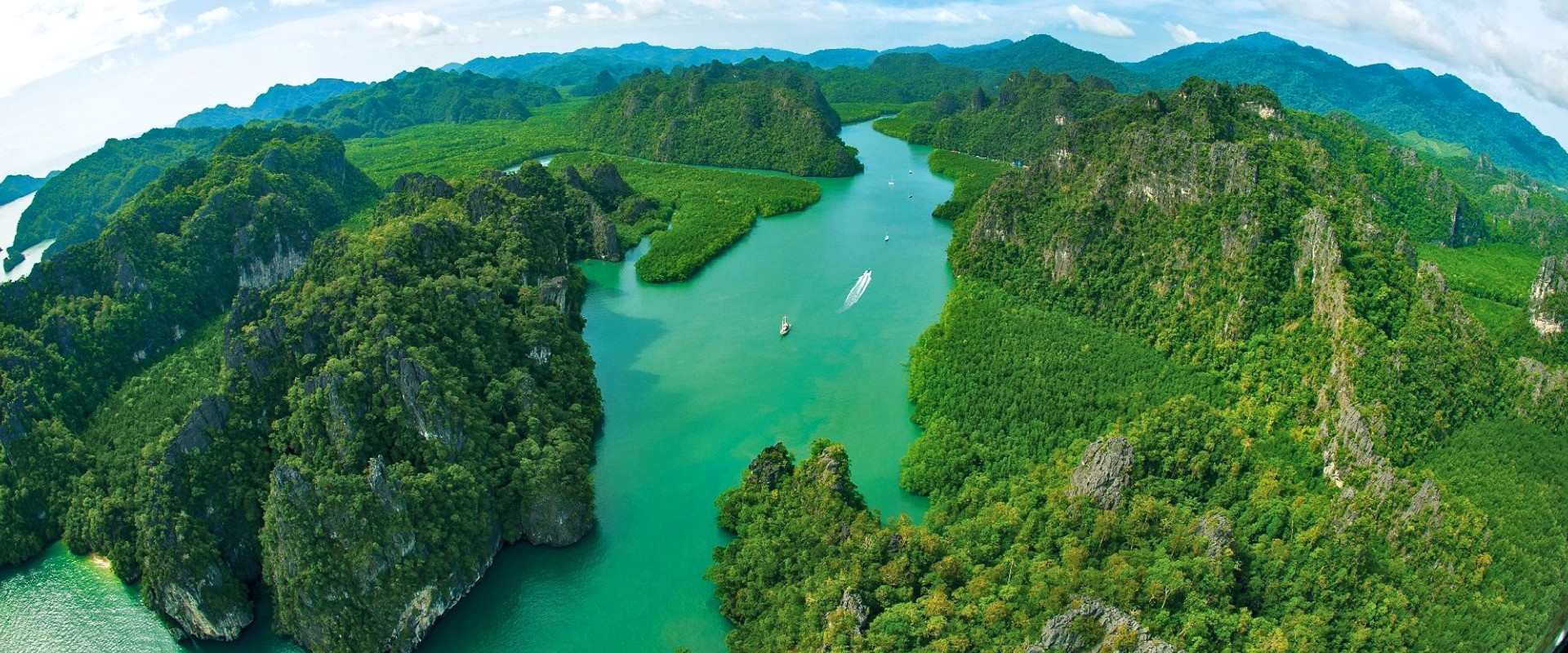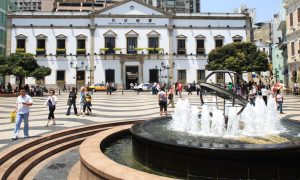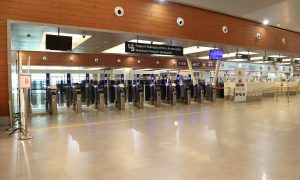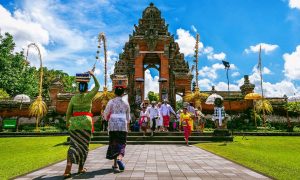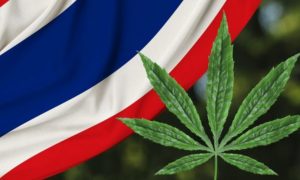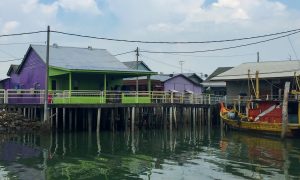Are Malaysia’s holiday destinations lagging behind their northern neighbour’s counterparts? And if so, what can be done to make domestic travel spots better?
Remember the big Cuti-Cuti Malaysia push – a bid to promote and encourage travelling locally in the post-pandemic recovery period? If it’s slipped your mind, it appears you’re not alone.
Lately, there’s been a rise in people taking notice of a curious phenomenon: Local Malaysians are flocking to Thailand in droves, bypassing domestic holiday destinations such as Langkawi. The buzzing city of Hat Yai in southern Thailand, not far from the Malaysian border, has apparently been drawing huge numbers of Malaysians, to the point that some in the local media have asked why Hat Yai, and not Langkawi? (Others answer the question, saying affordable hotels, excellent shopping, plenty to see and do, and an amazing array of inexpensive food all contribute to Hat Yai’s appeal.)

Enough has been made of the surge of Malaysians heading to Thailand that the inevitable pushback and hand-wringing has commenced, with some saying it’s inherently unfair to compare such destinations as Hat Yai with Langkawi.
In fact, Thailand has recently reported that China is no longer their biggest source of inbound tourism – Malaysia is, with some 4.56 million visits in 2023. Reports splashed across news outlets recently exclaimed that Malaysians pouring into Hat Yai alone over the holidays in late December dumped 10 billion baht – that’s billion with a ‘B’ – into southern Thailand in barely over a week’s time, a number that’s quite frankly difficult to believe. So I checked it out, and found the disconnect.
The source appears to be an industry leader in Thailand, who told Bernama, “Malaysian tourists are estimated to have contributed approximately two billion baht to the Hat Yai economy this Christmas and New Year celebration.” Two billion.
So apparently, something got lost in the transfer of information from Bernama to other news outlets (though at least one got it right). Bit of a difference between two billion and 10 billion! Regardless, however, that’s still a lot of money to be injected into a destination’s economy in such a short spell.
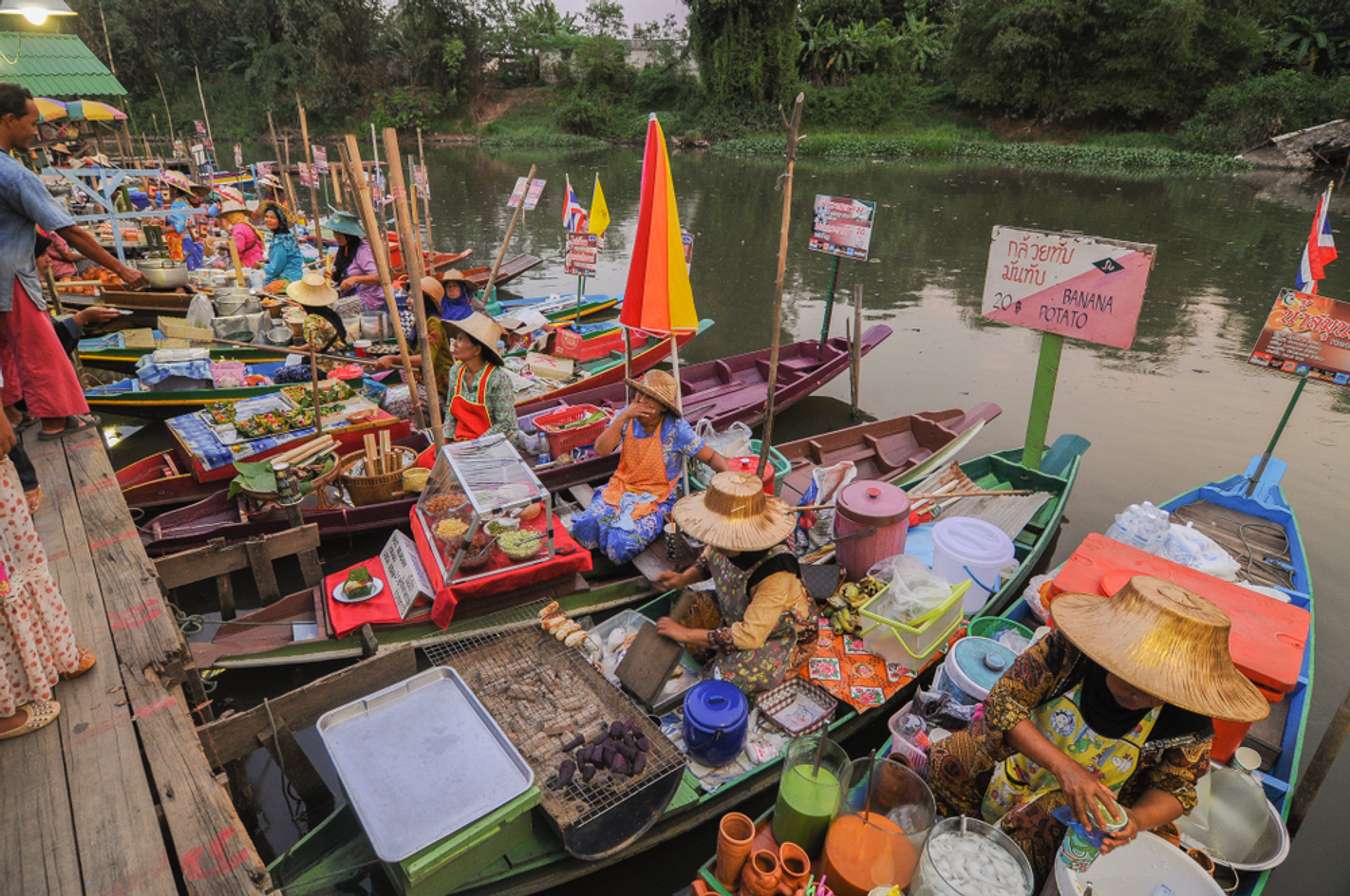
But despite the eyebrow-raising figures about Malaysians’ spending habits in Thailand, the question continues to be asked: How can we get Malaysia’s destinations back on the radar of local travellers?
Honestly, when looking at Langkawi specifically, it’s hard to know what’s going on there, at least in part because reports landing within 24 hours of each other last month appeared to be wildly contradictory. One story claimed tourism was thriving on the island, while others said numbers were down and that complaints of high prices were on the rise. A scathing article in Malay Mail which interviewed holidaymakers returning from Langkawi said the island desperately needs not only a clean-up and rejuvenation, but a ‘major reset’ to revive its ailing tourist industry. Meanwhile, a TTG Asia story published the same week insisted tourist arrivals on the island are ‘soaring.’
Then, there are conflicting accounts of who or what is to blame. High prices? Limited flights? Religious extremism? Poor marketing? No brand identity? Neglected infrastructure? All have been named as culprits – and that’s just in the last month!

It’s safe to say your destination has a problem when inbound tourism players are called on to act as mediators between squabbling authorities at the state level (Kedah) and national level (Ministry of Tourism). Making matters worse, much of this has been playing out in the media, which isn’t doing Langkawi any favours.
In speaking to hoteliers and tour operators on the island, I was told that September and October were extremely slow, particularly for domestic tourism. Some industry people told me that their summer months were good, with brisk business in July and August, but that it fell off a cliff after that. November picked up a bit, and of course the festive season helped in December, as usual.
COST CONSIDERATIONS
Airfares between Kuala Lumpur and Langkawi have risen sharply in the last couple of months, primarily because of a reduced number of seats on the route. The collapse of MYAirline, the increasing struggles of SKS Airways, and what looks to be a cessation of flights between Subang Airport and Langkawi by Batik Air cannot be considered helpful for a tourist destination that’s bemoaning its low numbers of domestic arrivals.
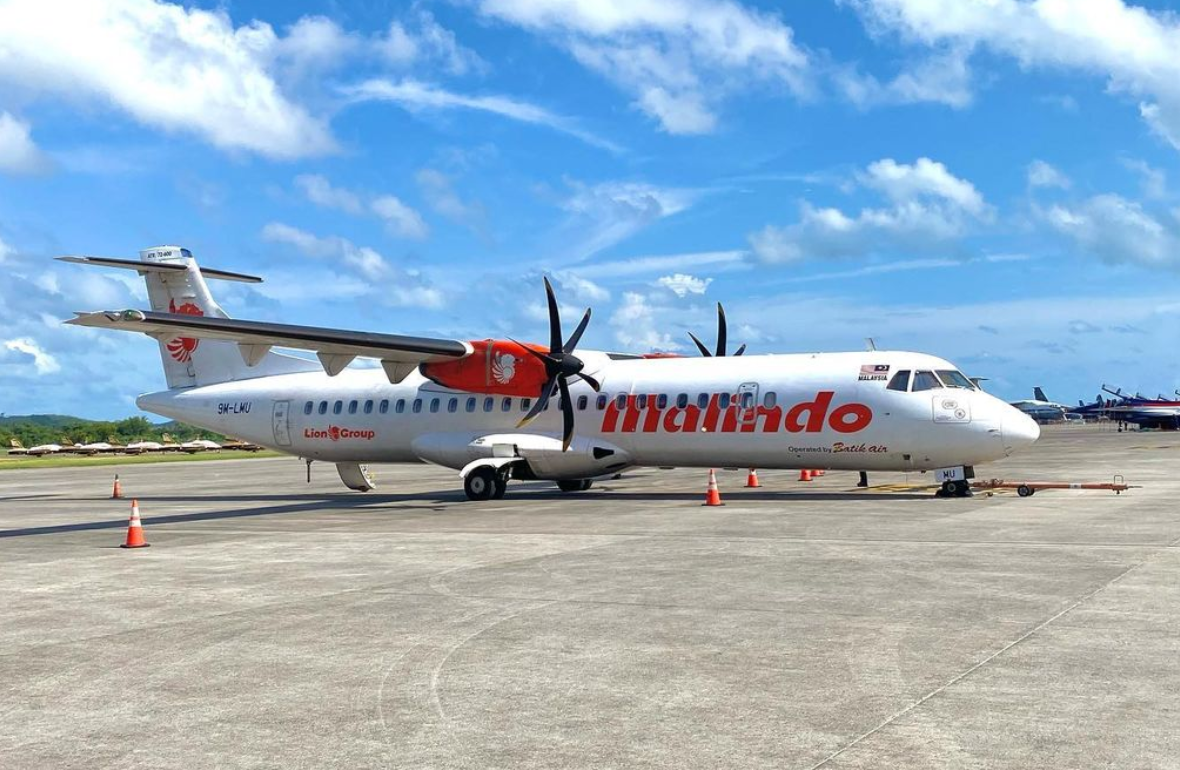
Not only are airfares higher now, Langkawi is widely known to have some of the highest average hotel room rates in Malaysia. In recent local media articles, Malaysians were interviewed and the prevailing attitude seemed to be, “Borders are open now. Why would we spend so much to have a holiday in Langkawi when we can go to Phuket or Bangkok or Bali for the same, or even less?” (Or apparently, Hat Yai.)
One notable Malaysian PR company recently commented that some of these problems stem from having a government-linked company in charge of marketing the country and its various destinations, saying, “They don’t understand how the destination, the business, and the consumers have changed.”
But, experts say, Langkawi doesn’t really have a marketing problem so much as it has a branding problem. And this is something I’ve also been saying for years. I’ve personally visited Langkawi over 60 times, and have seen first-hand the manifestation of competing interests, poor planning, and confusing promotional strategies leading me to wonder what Langkawi is trying to be.

ISLAND IDENTITY
For a tourist destination, marketing and branding serve distinct yet interconnected roles. Marketing is the strategic effort to promote and sell the destination’s features and experiences. It involves the implementation of campaigns, advertisements, and promotional activities to attract visitors. On the other hand, branding is the holistic process of shaping and communicating the destination’s identity. It goes beyond short-term promotional efforts and focuses on creating a lasting impression. Branding encompasses the destination’s unique personality, values, and the connection it establishes with visitors.
Simply put, while marketing is about driving visits in the short term, branding lays the foundation for long-term loyalty and overall perception. In practice, marketing is the active pursuit of visitors, while branding is the development of a destination’s enduring story that resonates with travellers over time.
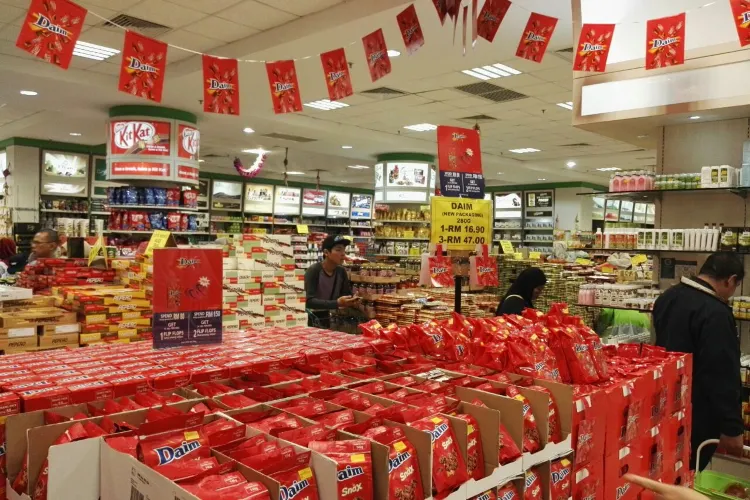
That’s a real problem for Langkawi because it can’t seem to decide what kind of destination it wants to be and what sort of travellers it wants to engage with. It’s hard to be seen as a laid-back ‘good time’ island when stories leak out about religious extremism taking hold, along with rumours of bans on consuming alcohol or wearing bikinis – or even shorts! (None of these are actually true, but when it comes to things like this, perception tends to be more important than reality.)
Of course we know Langkawi isn’t set to be a regional party island, so then what is it? It’s hard to be styled as a top beach destination when your beaches don’t compete favourably with others in the region – or even others in Malaysia! It’s hard to be branded an eco-tourism hotspot when it seems evident that little effort is being made in this pursuit, to the point of nearly losing – twice! – the very UNESCO Geopark inscription that gives Langkawi such tourism value. It’s hard to be seen as a duty-free value-for-money destination when reports of ‘exorbitant prices’ at hotels, restaurants, and shops land in the local media, coupled with persistent reports every couple of years that some parties are pushing to strip Langkawi of its duty-free status altogether.

HOW DO YOU COUNT?
One issue that I feel has potentially bedevilled Langkawi for years is the skewed inflation of actual tourist numbers by including day-trippers, cruise ship excursionists, and workers arriving on the ferry in the total. For the travel industry, this approach distorts true tourist numbers, which in turn can lead to problems with refining and targeting the marketing strategies being used to promote the island.
Officials last week said that 2.63 million tourists visited Langkawi from January 1 to December 20 of 2023. It’s tough to believe that an average of over 7,400 genuine tourists – that’s overnight or long-stay visitors – arrived on the island every single day in 2023.
Officials claim 3.9 million tourists visited Langkawi in 2019, which pushes the average daily number of tourists up to nearly 11,000, a figure that’s even more challenging to accept.
Are these numbers possible? Maybe. Again, I don’t know. But if the figures are being padded by the inclusion of daily arrivals who aren’t actual tourists, then that doesn’t help anyone in the long term.

Veteran tourism agent and Tourism Langkawi coordinator Ahmad Pishol Isahak addressed the possibility that day-trippers were being included in the tabulation, often workers commuting by ferry to and from the island. Pishol suggested using hotel occupancy rates as a more meaningful gauge of tourist arrivals while also seeking more in-depth data on consumer spending to understand whether tourists were spending less now than before the pandemic, and if so, why.
Langkawi needs not just leadership, but a true champion to take the helm and steer the island out of its meandering morass. Identify and develop a brand identity for the island, clean up the place, improve the infrastructure and tourist attractions, and market the island’s strengths to the right audiences.
Above all, don’t neglect the domestic market in the pursuit of international visitors – both are important, but it’s accurate to say Langkawi’s biggest draw, by far, comes from right here in Malaysia.
If the Hat Yai phenomenon is to be correctly interpreted, perhaps offering lower hotel rates, a thriving morning or night market, better shopping (maybe a Langkawi branch of the ‘Premium Outlets Malaysia’ concept that’s found success in Johor and Genting), and a wider, more diverse range of good, affordable food options would surely see more locals returning to Langkawi.
"ExpatGo welcomes and encourages comments, input, and divergent opinions. However, we kindly request that you use suitable language in your comments, and refrain from any sort of personal attack, hate speech, or disparaging rhetoric. Comments not in line with this are subject to removal from the site. "


